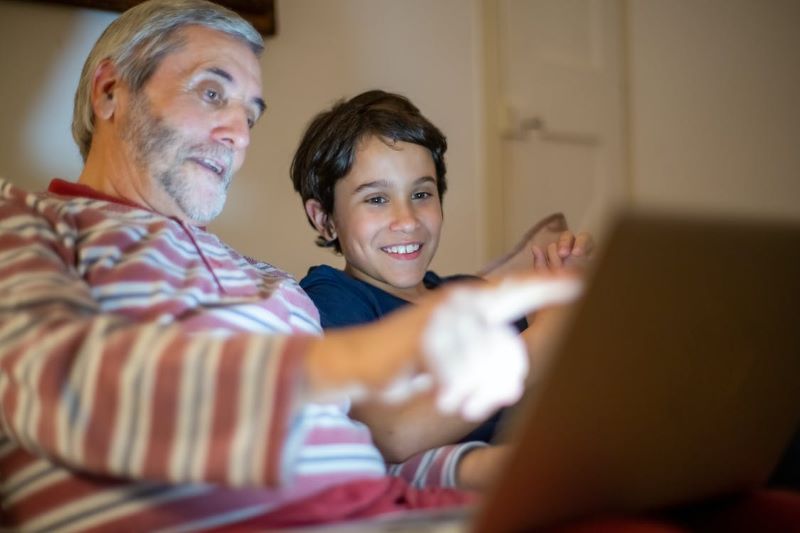In the early days of mobile phones and other electronic products, researchers were keen to develop elderly versions, such as mobile phones with huge buttons and enlarged screen fonts. But the elderly actually hate this kind of thing. They want to be able to use the same electronic products as others to complete video chats, share music, take taxis, and other things that others can do. Age reduces human “cognitive flexibility”, that is, the ability to handle multiple tasks and learn new things at the same time. Even senior users of electronic products will face this problem when they get older. Innovative features and updated iterative applications are how technology companies make money, but they are also difficult for the elderly to adapt to.
The technology industry mainly creates products for young, healthy, and busy users, and others have to adapt reluctantly. Taking mobile banking as an example, many elderly people rely on friends, relatives or caregivers to help with banking affairs, but this may bring the risk of password leakage. Therefore, some researchers are developing technologies that allow the elderly to entrust a “proxy port” with limited access rights to handle affairs, such as paying only certain bills or transferring funds according to specific circumstances. This not only retains the independence of elderly customers, but also facilitates others to provide help. The transformation of digital products for the elderly is not as simple as increasing the font size. The fundamental point is to understand the real needs of the elderly.
Visual Experience
Weak visual perception is the primary obstacle for the elderly to use electronic products, and the core of aging-friendly is still focused on this.
The first is text. Classify and divide information into levels, and highlight key parts by enlarging and bolding, so that the elderly can quickly find the functions and information they need. When designing pages, use fonts with clear outlines and easy-to-recognize, increase the font size proportionally, and remove unnecessary decorative parts, which can effectively reduce the reading burden of elderly users.
The second is icons. Simplify the interface while ensuring functionality, increase the icon size and blank area, highlight commonly used function icons, and apply icon arrangement methods that adapt to the browsing habits of the elderly. Through concise and easy-to-understand design, try to let elderly users predict the purpose of icons before operation, which is easier to remember, reduce the learning cost and trial and error cost of users in use, and lower the threshold for elderly people to use the Internet.
Interactive Experience
Decline in mobility is another feature of the elderly. Muscle atrophy leads to decreased limb strength and flexibility, making it difficult to complete complex operation gestures. Therefore, the Internet’s aging-friendly design should also simplify the operation steps as much as possible to reduce the difficulty of using Internet products for the elderly.
Compared with visual interaction, voice interaction is emotionally closer to the elderly and can arouse the interest of elderly users. Adding voice mode and using voice interaction as a supplement to visual interaction can largely break the reading and operation barriers of the elderly when using the Internet, making interaction easier.
Emotional Experience
The Internet’s aging-friendly design should not only allow elderly users to understand the content conveyed by the product, but also allow users to establish a sense of security and satisfaction when using it. Creating a safe and rigorous atmosphere through color and interface visual design can make elderly users feel safe when using it and increase their willingness to use electronic products. Adding exclusive elements to the design can help narrow the psychological distance with elderly users, make the elderly feel valued, and increase their motivation to use the Internet.
By optimizing the interface, simplifying the program, and adding functions, many websites and mobile applications are closer to the needs of the elderly. While fully applying technology, aging-friendly transformation should also pay more attention to humanistic care. The elderly have unique living habits. In order to make the elderly not only know how to use but also be willing to use the product, the aging-friendly issue should be considered from the beginning of product design. Everyone will grow old one day. How to provide better user experience for the elderly in the Internet age is related to the happiness of every individual, every family and society.












